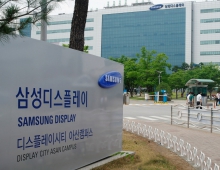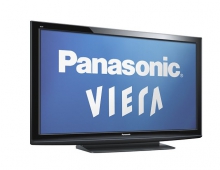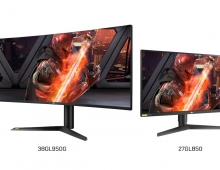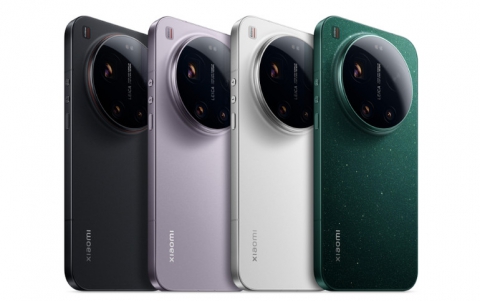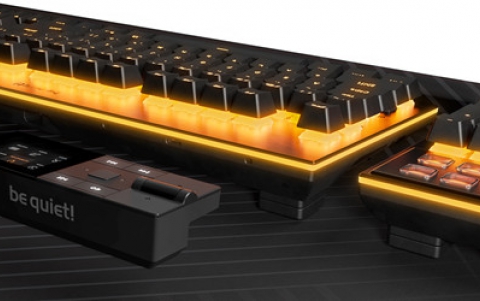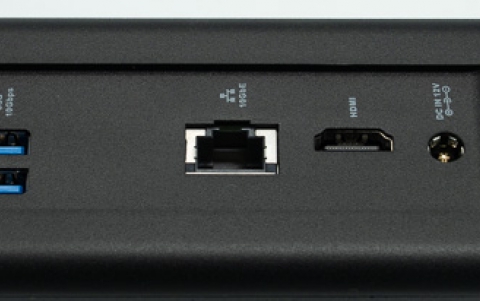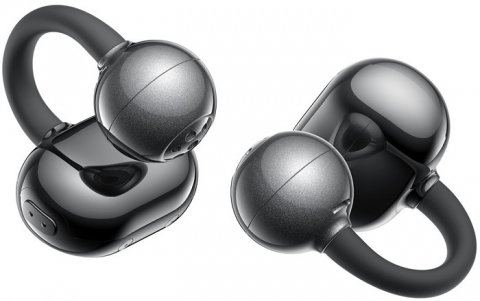
Hitachi Develops Full HD 3D IPS Display For Mobiles, LCDs For Tablets
Hitachi Displays, Ltd. has developed a 4.5" HD (1280 x 720) glasses-free 3D display for mobiles as well as s new line of IPS LCD modules for tablets.
The new 4.5" 3D display features 470 cd / m 2 of brightness when displaying 3D content and 400 cd / m 2 in 2D mode. Hitachi has not disclosed the power consumption of the display.
Hitachi claims that the new LCD 3D IPS display reduces cross talk compared to parallax barrier 3D displays, making 3D images look more natural. In addition, Hitachi's approach does not suffer from the limited brightness when displaying 3D content - a problem typically met in glasses-free parallax barrier 3D displays.
Responsible for the 3D effect is a set of newly LCD lens stacked on top of the IPS panel - also known as a lenticular lens approach.
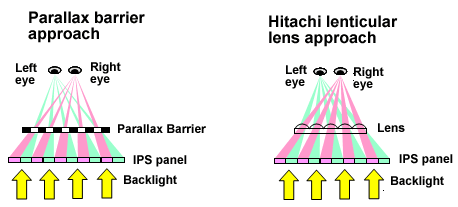
Hitachi Displays has also developed a new IPS LCD module lineup for tablets. This includes a 7" WSVGA (1024 x 600), a 7" XGA (1024 x 768), an 8" WXGA (1280 x 800) and a 9" WXGA (1200 x 800) model.
All models feature a 800:1 contrast ratio, 400 - 450 cd/m2 of brightness coming from a LED backlight and their viewing angle is 160 degrees.
Availability is starting from September.
The IPS technology is a TFT liquid crystal display technology of the In-Plane-Switching method with behaviors that differ from those of typical TFT liquid crystal displays of the TN or other methods. The technology was released in 1995 and commercialized in 1996 by Hitachi, Ltd., evolving through Super-IPS to Advanced-Super IPS, IPS-Pro and then to IPS-Pro-Prolleza. The IPS technology, whereby liquid crystal display molecules spin around on a plane parallel to a TFT substrate in the In-Plane-Switching mode where the movement of these molecules is very simple, features a wide viewing angle, excellent color reproducibility, and high response speed in halftone processing.
The IPS technology has resolved the viewing angle issues of liquid crystal displays that had affected the contrast and color tone depending on the viewing angle.
Specifications of 3D LCD module
LCD Panel Size: 4.5" (11cm diagonal)
Display size: 55.512 (width) x 98.688 (height) mm
Resolution: 1280 ? 720 x (RGB)
Brightness (when displaying 2D): 400 cd / m 2
Brightness (when displaying 3D): 470 cd / m 2
Specifications of IPS LCD for tablets
Hitachi claims that the new LCD 3D IPS display reduces cross talk compared to parallax barrier 3D displays, making 3D images look more natural. In addition, Hitachi's approach does not suffer from the limited brightness when displaying 3D content - a problem typically met in glasses-free parallax barrier 3D displays.
Responsible for the 3D effect is a set of newly LCD lens stacked on top of the IPS panel - also known as a lenticular lens approach.

Hitachi Displays has also developed a new IPS LCD module lineup for tablets. This includes a 7" WSVGA (1024 x 600), a 7" XGA (1024 x 768), an 8" WXGA (1280 x 800) and a 9" WXGA (1200 x 800) model.
All models feature a 800:1 contrast ratio, 400 - 450 cd/m2 of brightness coming from a LED backlight and their viewing angle is 160 degrees.
Availability is starting from September.
The IPS technology is a TFT liquid crystal display technology of the In-Plane-Switching method with behaviors that differ from those of typical TFT liquid crystal displays of the TN or other methods. The technology was released in 1995 and commercialized in 1996 by Hitachi, Ltd., evolving through Super-IPS to Advanced-Super IPS, IPS-Pro and then to IPS-Pro-Prolleza. The IPS technology, whereby liquid crystal display molecules spin around on a plane parallel to a TFT substrate in the In-Plane-Switching mode where the movement of these molecules is very simple, features a wide viewing angle, excellent color reproducibility, and high response speed in halftone processing.
The IPS technology has resolved the viewing angle issues of liquid crystal displays that had affected the contrast and color tone depending on the viewing angle.
Specifications of 3D LCD module
LCD Panel Size: 4.5" (11cm diagonal)
Display size: 55.512 (width) x 98.688 (height) mm
Resolution: 1280 ? 720 x (RGB)
Brightness (when displaying 2D): 400 cd / m 2
Brightness (when displaying 3D): 470 cd / m 2
Specifications of IPS LCD for tablets
7-inch (18cm diagonal) WSVGA LCD Module
|
7-inch (18cm diagonal) XGA LCD Module
|
8-inch (21 cm diagonal) WXGA LCD Module
|
9-inch (23cm diagonal) WXGA LCD Module
|

